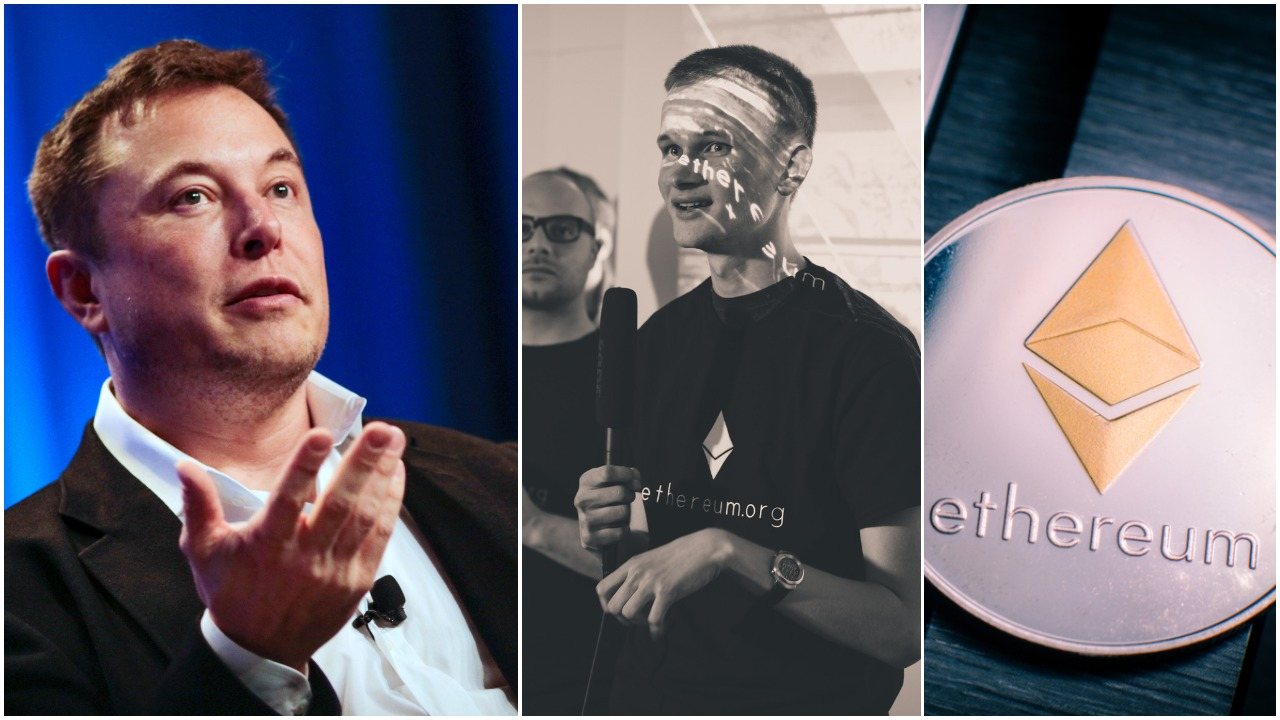Buterin Advocates for AI ‘Kill Switch’ in Blog Outlining AI Crypto Safety Measures

Ethereum co-founder Vitalik Buterin has shared his thoughts on AI and Blockchain merging. Photo by John Phillips/Getty Images for TechCrunch.
- Buterin shares his views on AI and blockchain in a comprehensive blog post.
- The co-founder of Ethereum suggests a dual strategy to secure AI in blockchain, involving restricted query access and hidden training data.
- He also outlines the difficulties in developing a single, reliable AI entity.
Ethereum co-founder Vitalik Buterin has warned of some of the challenges when merging AI and blockchain technology.
The recent blog post by Vitalik Buterin outlines some of the risks developers will face, cautioning devs to “be careful”.
Buterin’s Cautionary Stance
Buterin’s latest blog highlights the complex challenges at the intersection of AI and blockchain technology. He emphasizes the potential risks in merging these advanced technologies, cautioning developers to approach the integration with careful consideration.
In Buterin’s view, the integration of AI and blockchain technology requires careful, responsible development, particularly focusing on security measures like only allowing black boxes with very restricted API access, or decentralized AI ‘kill switch’. This approach aims to safeguard against potential misuse.
The most challenging to get right are applications that attempt to use blockchains and cryptographic techniques to create a “singleton”: a single decentralized trusted AI that some application would rely on for some purpose.
Buterin also outlined another risk: adversarial machine learning. He noted, “if a user has access to an AI assistant inside an open-source wallet, the bad guys will have access to that AI assistant too, and so they will have unlimited opportunity to optimize their scams to not trigger that wallet’s defenses”.
Cryptographic Overhead Solved?
Buterin argues that argues that the overhead can be managed and even accelerated, as it does not involve complex, unstructured computation like that in zkEVM, and better schemes will be invented, further reducing overhead.
Fortunately, though, AI is a very specific type of computation, which makes it amenable to all kinds of optimizations that more “unstructured” types of computation like ZK-EVMs cannot benefit from.
One of the risks outlined in the blog post was the risk of black-box attacks. Black box AI is any artificial intelligence system whose inputs and operations aren’t visible to the user or another interested party.
The reasoning behind black-box AI’s decisions is kept secret, which reduces transparency and makes it difficult for users to understand or verify how it operates. This raises concerns about ethical issues in the application of this technology.
“To effectively curtail these kinds of black-box attacks, we need to do two things: 1. Really limit who or what can query the model and how much. Black boxes with unrestricted API access are not secure; black boxes with very restricted API access may be.
2. Hide the training data, while preserving confidence that the process used to create the training data is not corrupted” Buterin added.
Proposal for Decentralized AI ‘Kill Switch’
The Ethereum CEO referenced the work of The NEAR protocol team, whose focus on creating a scalable decentralized private AI , was outlined by Buterin.
“From an AI safety perspective, this would be a technique to create a decentralized AI that also has a natural kill switch, and which could limit queries that seek to use the AI for malicious behavior”, he said .
In his conclusion, Buterin noted that while there are many use cases for AI and Blockchain convergence, “some of these use cases make much more sense and are much more robust than others”. He recommended “treading carefully” given the high-value, and high-risk contexts of future applications.

